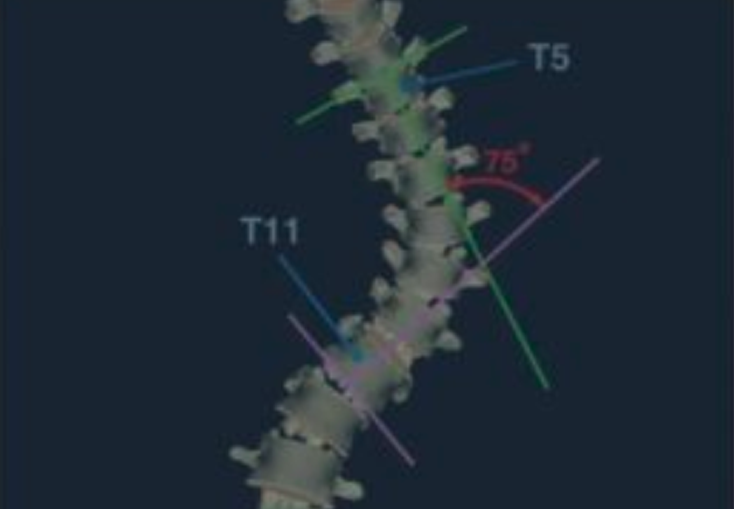
Evaluation & Correction of the Vestibular System
The vestibular system is a cornerstone of balance, coordination, and spatial awareness—yet it’s often overlooked in traditional chiropractic evaluations. Dysfunction in this system can manifest as poor posture, delayed motor development, sensory integration challenges, and chronic instability in both children and adults.
In this focused online training, you’ll learn how to assess and correct imbalances in the vestibular system using gentle, effective chiropractic and cranial protocols. This course gives you practical, neurologically-based tools to identify dysfunction and restore healthy communication between the inner ear, brain, and spine.
Whether you’re working with pediatric neurodevelopment, adult balance issues, or chronic postural challenges, this class will give you the skills to make a profound difference in your patients’ lives.
What You’ll Learn
- The anatomy and function of the vestibular system and its role in postural regulation
- How to evaluate vestibular integrity through neurological testing and clinical observation
- Chiropractic and cranial adjusting protocols that support vestibular balance and sensory integration
- How vestibular dysfunction affects spinal stability, motor control, and coordination
- Techniques to address compensatory patterns in the cervical spine, cranium, and dural system
Resources Provided
- Video class modules
- Evaluation & technique presentations
- Practical demonstrations
- Calls to action (CTAs)
- Complete PDF workbooks
- Full transcriptions of video classes
- Email access to Dr. Rosen & Dr. Watson
Why Take This Course?
- Vestibular imbalances are often at the root of developmental delays, learning difficulties, and balance disorders
- These protocols offer chiropractors a safe, effective way to influence deep neurological systems
- Restoring vestibular function supports better posture, movement, attention, and overall nervous system regulation
Who Is This Course For?
Chiropractors who want to:
- Expand their neurological and cranial adjusting skill set
- Address root-cause imbalances in patients with sensory, motor, or postural challenges
- Support developmental milestones and balance issues with confidence and clarity
- Deliver more comprehensive, results-driven care in family and pediatric practices
By adding vestibular assessment and correction to your clinical toolbox, you’ll unlock a new level of care—one that addresses foundational neurological patterns and helps patients achieve greater function, stability, and wellness.
Course Contents
14 Modules | 14 CTAsMeet the Instructors
As early as first quarter in chiropractic school they were attracted to each other’s commitment to chiropractic and the pursuit of excellence. Their combined 80 years of personal and clinical and teaching experience, in delivering the chiropractic adjustment is unparalleled in the chiropractic profession. Their international outreach through teaching, writing and lecturing has been a driving force in their personal and professional careers since their first seminar taught together as students, in 1979.
Their years of experience have taught them what works and what does not work to create a successful practice and lifestyle. The more competent and comprehensive your expertise you will find that more patients will seek your services and your practice will grow exponentially.









